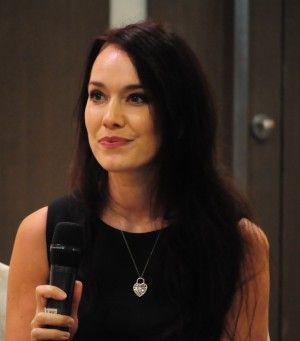How will Singapore’s healthcare prepare for an ageing population?
By Medha Basu
Health and social care systems should be better connected to care for the elderly, says Chief of Smart Health Leadership Centre at NUS.

Tackling this requires silos across elderly care systems to be brought down, says the Chief of the Smart Health Leadership Centre at the Institute of Systems Science, National University of Singapore - a model referred to as “integrated care”.
Crucially, doctors and nurses have to be linked with social workers because stress and bad habits at home can aggravate chronic conditions. “We believe that we need to look at how we can improve partnering between, for example, healthcare and social care,” she says.
Greulich-Smith and her team at the smart health centre brought together officials from the health and social sectors in November to discuss how this can be made a reality. Three key steps came out of the bootcamp.
Build trust
First, trust is crucial. Patients must trust general practitioners such that they become their first point of contact with the health system. “If, for example, we want to bring GPs much more heavily into this integrated care solution, they need to be perceived as being more highly valued than maybe they currently are,” she says.

Think big
Second, healthcare needs to be more preventive - focusing on keeping people healthy and out of hospitals, rather than treating specific illnesses. To to this, doctors and social workers need to aspire to think and work beyond their niche expertise. Traditionally, “every system and framework we have is designed to help us solve problems in a much more narrow field”, she says. Instead, systems across health and social care should be connected.
The smart health centre is working with a social service organisation to pilot such a connected system. It will start at a simple level first, using paper to transfer information and create linked processes. This will keep risks and overhead costs low. “We can then look at how technology and data management could come in to help that be more streamlined and efficient,” adds Greulich-Smith.
The centre will also launch a new training programme on integrated care for health and social sector officials. “It’s designed to help you think across service boundaries,” she explains. It will include courses on systems thinking, data visualisation and strategies, strategic IT planning and process design.
The sticky part
The third key takeaway from the bootcamp was to create shared incentives across the social and health sectors. A doctor has very different motivations at work from a social worker. “You’ll have people working to deliver towards KPIs”, and this is “one of the stickiest parts” to change.
It is as yet unclear how shared incentives across social and healthcare sectors can be created, says Greulich-Smith. But she intends to find out. Her team is working with the Alexandra Health System to trial a way to integrate with the social sector. “It will be a very different model of care, which ultimately aims to say: How can we deliver care around the patient?”, she says.
With the number of elderly Singaporeans set to double by 2030, support and care for them must adapt.
